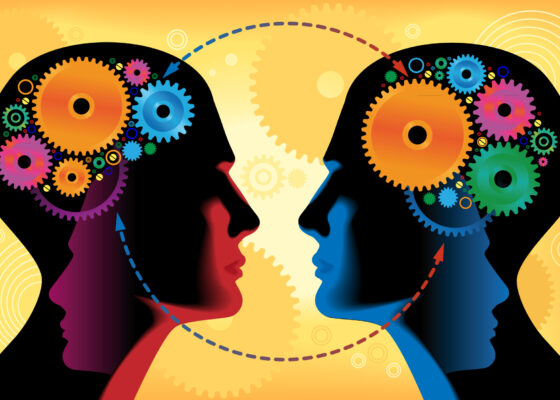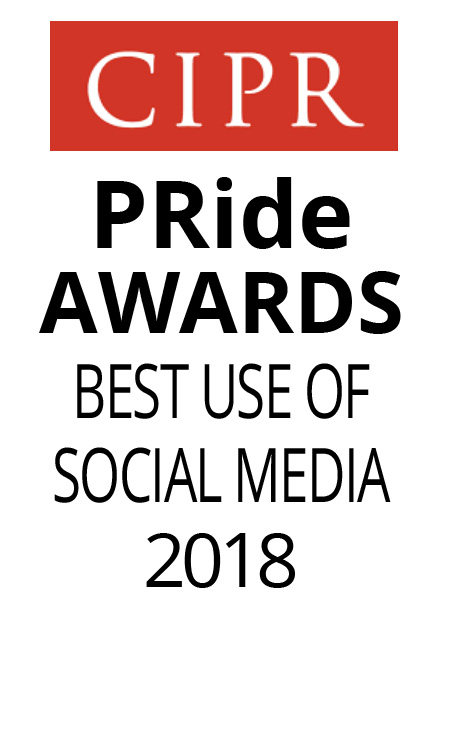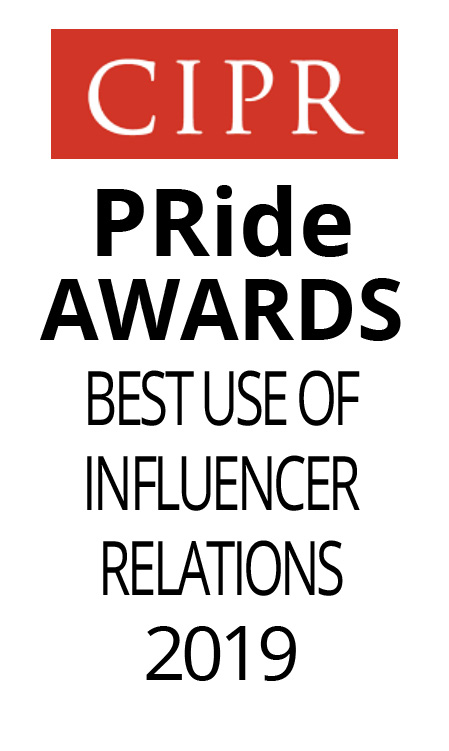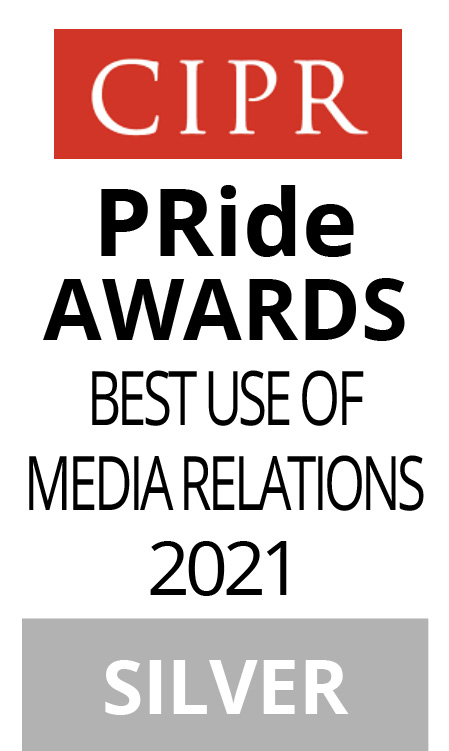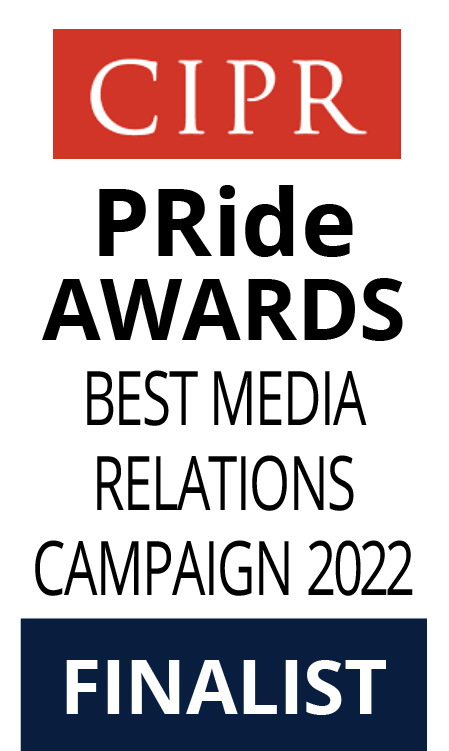People often ask me what sort of agency Twelve is, B2B or consumer?
Does the definition make any difference to the campaigns that are developed and how effective they are?
I just read a really interesting article on this subject which prompted me to write this post. The article was in the Drum, written by Jeri Smith, chief executive of Communicus.
(Hadn’t heard of them before so checked them out online. What a great statement they have on their web site: “Communicus provides advertisers with insights to strengthen campaign effectiveness and build brands.” That’s what I call walking the talk.)
Anyway to return to the subject – B2B, consumer or B2C.
Campaign objectives
How would you define PR and marketing for education?
– Is a private school, looking to attract new pupils, targeting parents as business prospects or as consumer prospects?
– Does it change when it’s a state school, does that make it all about consumers?
– What about when a school is trying to recruit high quality teachers? Is that a business transaction? Does it call for a B2B campaign?
How about universities?
– How would you define their need to raise awareness about their excellent research, to attract more funding, is that a business campaign?
– Does the need to ensure the public hear about the research through national media channels make it a consumer campaign?
– Is supporting student applications during Clearing a business campaign, like recruiting teachers, or a consumer one?
I’ve always thought it a strange dichotomy, the way we treat business people, as if they have two heads.
Two heads good, one head bad
One head we target with a business message, through business channels in a business-like way to get them to discover, say, the technical brilliance and benefits of a new metal coating which will improve their manufacturing processes and reduce costs.
The other head we target with a consumer message to encourage them to try a new shampoo which will make their blond highlights last longer and be less likely to start looking ‘brassy’ over time.
The article in the Drum tackles this subject with science. You can’t beat some good hard science.
System 1 and System 2
Jeri draws on the work of Nobel Prize-winning psychologist Daniel Kahneman and his book ‘Thinking Fast and Slow’:
“Kahneman delineates two modes of thinking: “System 1” is instantaneous, driven by instinct and emotion; “System 2” is slower, driven by deliberation and logic. Kahneman hones several decades of research to emphasize how people attribute far too much importance to ‘rational’ human judgements in decision-making. Specifically, he explains that even when we believe we are making decisions based on rational considerations, our System 1 beliefs, biases and intuition drive much of our thinking.”
Maximising impact
This is where it impacts on the definitions between business and consumer campaigns:
“Business people have their own notions about brands. A huge proportion of these ideas are derived from humans’ System 1 belief system. And much of what resides in our System 1 belief system are impressions yielded from our own experiences. When it comes to brands marketing to both consumers and B2B targets, the business target has deep-seated impressions of the brand that affect their decision-making. And where do those come from? In large part, consumer advertising.”
The point is that people never see messages in isolation. The same head sees the consumer advertising, or interesting piece of editorial your PR placed for them to learn about how to maintain their hair colour, as also sees the business campaign.
Jeri concludes: “Kahneman’s insights, so beloved by consumer marketers, apply just as much to B2B: design advertising so that the target remembers the brand in a way that drives a (non-rational) connection to the brand in their System 1 thinking. Rational ad sells don’t work any better among B2B targets than they do among consumer targets.”
PR messages and content
Of course as a PR agency we don’t think about adverts we think about messages and content, but the principal is the same.
Often we use the B2B / consumer / B2C definitions to help us cut out wastage – if you want to reach process engineers, the majority will be reading ‘Process Engineering’. A few will read Good Housekeeping or GQ but not many.
This argument was often used when I was at The Guardian to clinch an ad sale. Overall more teachers read the Daily Mail, but a greater proportion of Guardian readers are teachers. Your advertising spend if you want to reach teachers is therefore more targeted or effective in The Guardian, the argument goes. But then almost all the people who read the TES are teachers…This is all starting to sound like navel gazing. Where does it get us?
Influence
Our aim as a PR agency is to help influence in an honest way – to reach people and influence their opinion. To make them aware of your proposition or qualities and ultimately to convince them to act on that knowledge. That might be to purchase; apply to a new school; recommend something to others; reward them; fund them; entertain them; campaign for them, vote for them etc.
So to return to the original question, are you B2B, B2C or just consumer? The question should be framed differently.
Are you targeting a business or consumer audience? This gives us a useful way to identify the most effective channels for reaching our targets.
An effective PR agency
In these terms Twelve is an agency which targets both consumer and trade audiences.
But in terms of emotion and impact, key factors which guide our strategic thinking and planning, we should completely ignore the false divide between business and consumer.
We an agency which helps people to reach and influence other humans.
You can read the original article in the Drum at:
http://www.thedrum.com/opinion/2017/04/20/the-1-engagement-problem-why-most-b2b-advertising-fails
